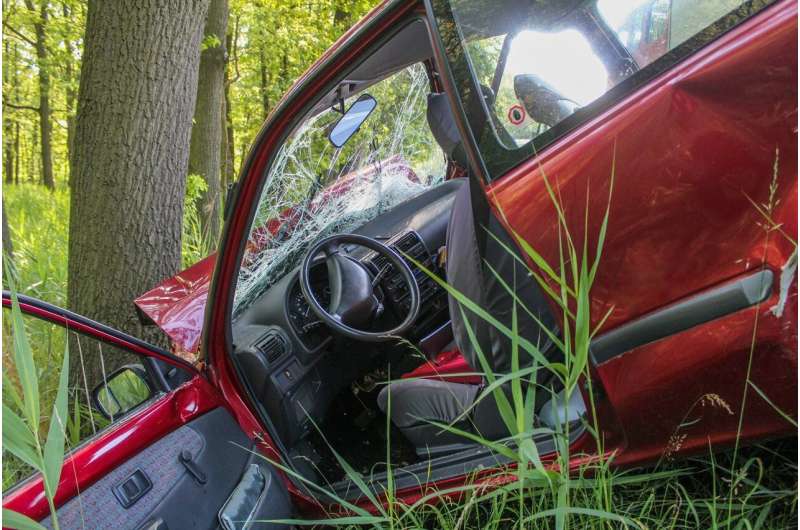Innovative 'Cellular Bridges' Offer Hope for Spinal Cord Injury Repair

Recent groundbreaking research highlights a novel approach to spinal cord injury (SCI) treatment by harnessing the regenerative potential of pericytes—tiny cells within the body's blood vessels. Scientists have discovered that introducing a specific growth factor, PDGF-BB, to the injury site prompts pericytes to transform, forming 'cellular bridges' that facilitate nerve regeneration. This process leads to the growth of new axons, the nerve fibers responsible for transmitting signals, which can result in restored movement and reduced pain in animal models.
In experiments with adult mice, a single injection of PDGF-BB at the injury site after seven days initiated significant axon regrowth and functional recovery, including improved hind limb coordination and decreased sensitivity to stimuli. These structural changes were associated with the formation of pericyte-derived bridges across the lesion, enabling nerve fibers to bypass damaged tissues.
Further studies revealed that pericytes respond to PDGF-BB by altering their shape and secreting molecules like fibronectin that promote tissue repair. Culturing mouse neurons on human pericytes exposed to PDGF-BB demonstrated similar growth-promoting effects, indicating potential for translational applications.
Importantly, PDGF-BB treatment also appeared to lessen inflammation and preserve the fundamental features of pericytes, avoiding conversion into harmful cell types. This comprehensive regeneration approach suggests that restoring blood vessel integrity and nerve pathways simultaneously is crucial for effective SCI recovery.
The findings open new pathways for therapeutic strategies, combining vascular and neural regeneration methods. Future research aims to optimize treatment timing, dosage, and delivery systems, moving closer to clinical applications that could significantly improve outcomes for individuals with spinal cord injuries.
Source: https://medicalxpress.com/news/2025-04-cellular-bridges-spinal-cord-injury.html
Stay Updated with Mia's Feed
Get the latest health & wellness insights delivered straight to your inbox.
Related Articles
Advances in Precision Therapy for HR+/HER2- Breast Cancer: Key Findings from Recent Study
New research from Roswell Park uncovers markers that predict response to CDK4/6 inhibitors in HR+/HER2- metastatic breast cancer, advancing personalized treatment options.
Emerging 'Designer Drugs' Threaten Road Safety in the United States
New research highlights the rising threat of designer drugs to road safety in the US, emphasizing the need for expanded drug testing and awareness of synthetic opioids' dangers.
Research Shows 'Young Brain' Individuals Outlive Their Peers with Older Brain Age
A groundbreaking study reveals that individuals with 'young brains' have a significantly higher chance of living longer and avoiding age-related diseases like Alzheimer's. The research introduces a blood-based biomarker to assess the biological age of the brain and other organs, opening new possibilities for early intervention and personalized longevity strategies.



